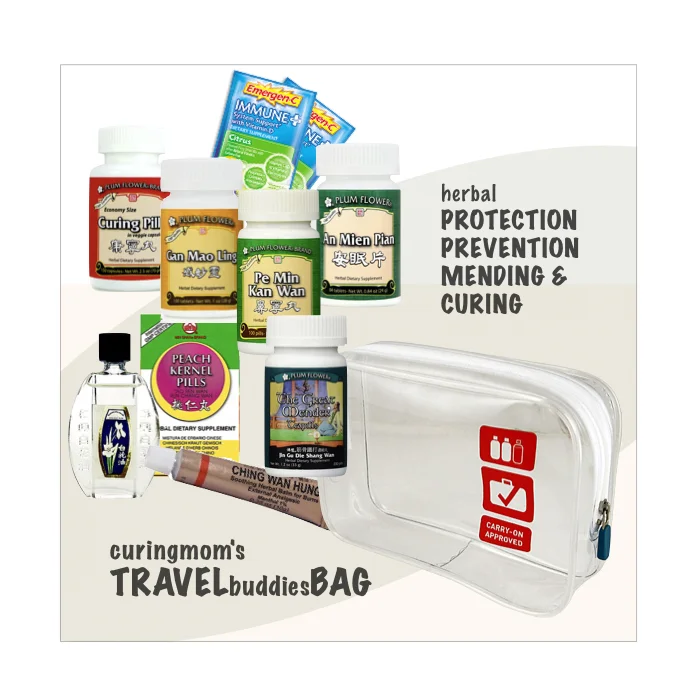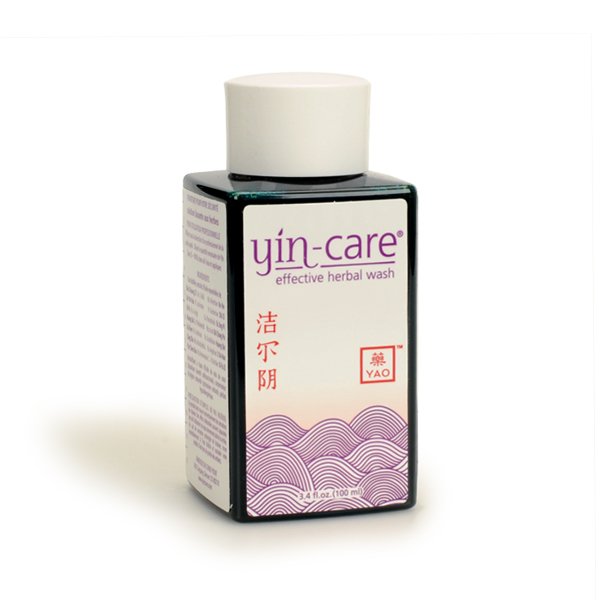thieves. essential oil. soaps. sanitizers. oral hygiene. everything clean.
/Have you been introduced to Thieves? If not, we've got to make that happen.
Why Thieves, you ask? It is a proprietary essential oil blend created by the Young Living (EO/essential oil company) founder whose research in the British Museum Library archives uncovered a formula with a 14th century legend behind it of European perfumers and spice traders who rubbed themselves with oils as they plundered and robbed the dead and dying. Great story. The point being that the oils are powerful antibacterials, antivirals, anti- a lot of really undesirable microscopic invaders. Thieves emerged from legend and is SUCH a strong EO protector that it just must be part of our medicine kits. And now, Thieves is the base for an array of excellent health, home and personal care products.
Let's look at what it's in it…
Clove bud oil - analgesic. antibacterial. antifungal. antiseptic. disinfectant. immune stimulant. will numb the gums. for toothache.
Lemon peel oil - as much as 72% limonene a powerful antioxidant. antiseptic. antiviral. astringent. invigorating.
Cinnamon bark oil - antibacterial. antifungal. antimicrobial. antioxidant. antidepressant. tonic. soothing to gums and teeth.
Eucalyptus Radiata leaf oil - antibacterial. anticatarrhal. antiviral. anti-inflammatory. expectorant.
Rosemary leaf oil - analgesic. antibacterial. anticatarrhal. antiseptic. astringent. expectorant. mucolytic. stimulant.
The Thieves repertoire of incredibly effective, all-natural, chemical-free, daily-use, household and personal care items that I am a BIG fan of include soaps and sprays, toothpaste, mouthwash (my personal FAVORITE), hand sanitizers, household cleaners and wipes. Thieves EO provides the shield against illness-prone microscopic invasions and every product-version shines in its prescribed function. And, in the current pandemic universe, I always feel protected with Thieves and all Thieves products.
There is every kind of soap: bar soap, laundry soap, dish soap, hand soap. Thieves cleaners and cleansers and wipes. Toothpastes and floss and mouthwash. I diffuse Thieves EO in my rooms every day. Hand sanitizers go in my bag and in every clinic room. Surfaces and the air get a 'spritz' with Thieves Spray and I always carry a small spray to use after buying groceries or any shopping excursion. I keep hand wipes and surface wipes in multiple spots. I've found that my spaces and my days are simply better and cleaner and safer because I can use Thieves.
Thieves Mouthwash - my favorite - an extra rave review.
Add the MINTS (for minty-fresh breath!) to Thieves EO and you get the best mouthwash ever - at least I think so - promoting whole-mouth health and cleanliness.
Peppermint - analgesic. antiseptic. anti-inflammatory. invigorating. purifying. tasty. fresh. soothing.
Spearmint - antibacterial. anticatarrhal. antifungal. anti-inflammatory. antiseptic. relieving. refreshing. uplifting. stimulant.
Also adding:
Vetiver - antiseptic, immune stimulant, nerve sedative, circulatory stimulant, calming, grounding, rubefacient (warming)
Quillaja saponaria bark extract (soapbark) - with saponins that act as a natural foaming agent. Loosens buildup and cleans hard-to-reach areas.
Spicy sweet Thieves and minty Mints invigorate, clean and freshen without alcohol, artificial dyes or flavorings.
You can brush or rinse with Thieves Mouthwash:
As Mouthwash: Rinse, with 1/2 to 1 full capful for 30–60 seconds.
As 'Toothpaste' substitute: Brush well, with 1/2 to 1 full capful and your toothbrush. Rinse! Using Thieves Mouthwash in regular and consistent 'toothpaste style' will resolve gum inflammation and keep gums especially healthy.
Introduction made… Explore Thieves and Thieves products. You will love them too.
























